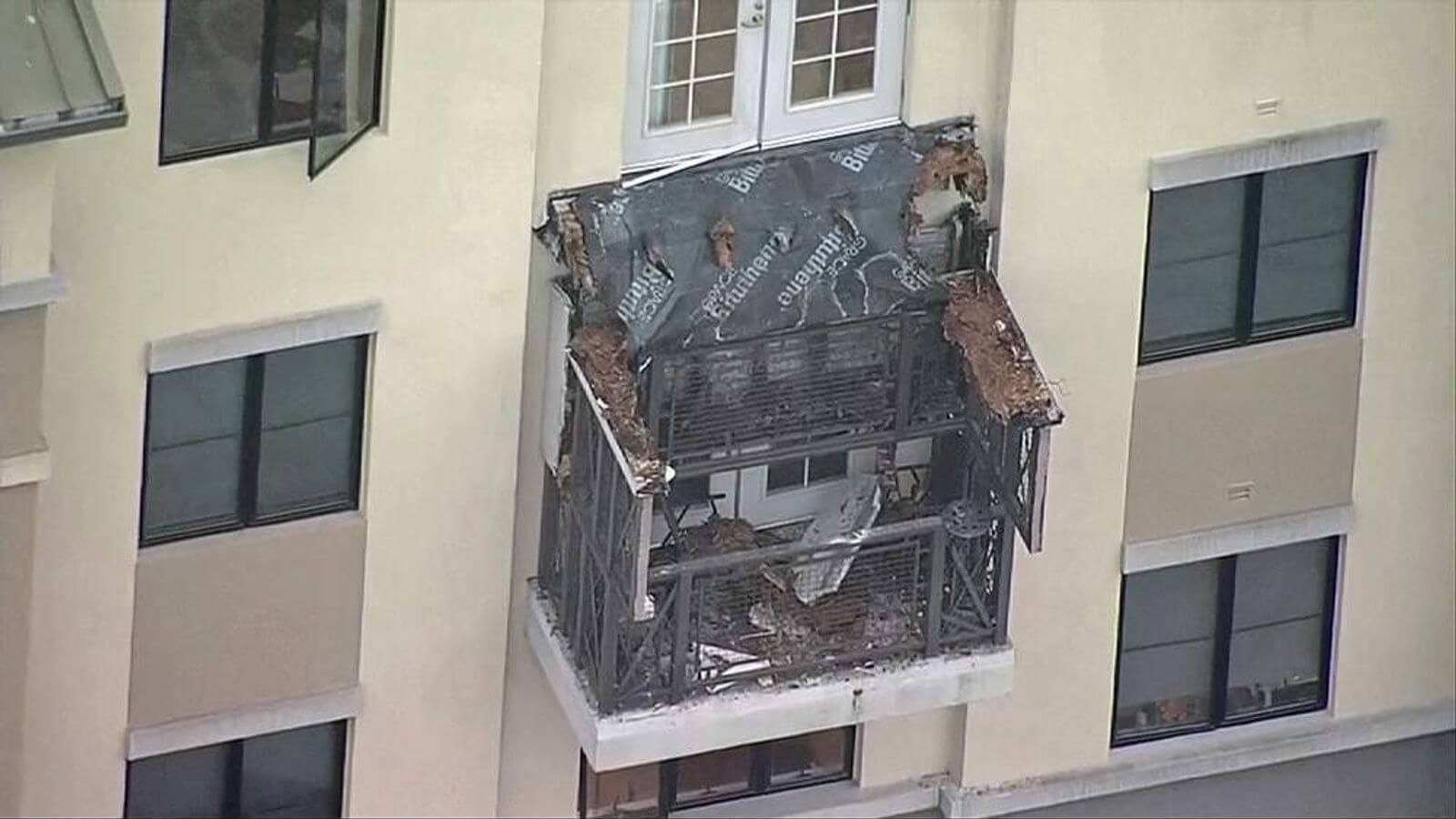San Francisco's deadline for compliance with Section 604 requirements was April's Fool day. If this deadline has been missed, please don't continue to be foolhardy. Get it done now.

Do you have a building attachment or exterior elevated elements ("EEEs")? If so, San Francisco wants to know that they are safe, have structural integrity, and are code-compliant with Section 604 of the San Francisco Housing Code.
![]()
As a bit of trivia, Section 604 is the oldest law on the books that deal with the safety of fire escapes, corridors, balconies, decks, guardrails, and the like. It covers all apartment buildings, residential condos with 3+ units, along with hotels with six or more rooms for guests.
The requirement went into effect in September of 2002 and aside from initial inspections, property owners or managers must go through the exercise every 5 years thereafter.
Licensed general contractors, engineers, and architects, as well as structural pest control professionals, are deemed competent to perform these inspections and sign an affidavit that certifies that the building is in compliance with stringent requirements. This affidavit must be furnished to the Housing Inspection Services Division.
If the building gets a failing grade, any defects should be remediated without delay.

View requirements and the Compliant Affidavit →
Don't confuse San Francisco's local requirement with Senate Bill 721
After six Irish students tragically plunged to their death in a 2015 balcony collapse in a downtown Berkeley apartment complex, state lawmakers inked SB 721 in response.
For decks, balconies, or elevated walkways more than 6 feet about ground level in properties with 3 or more units, the legislation requires a licensed inspector to ensure the structure is up to standards and that these open spaces do not create injury or death when a tenant enjoys a respite from cramped apartment life.
San Francisco's rules differ from state law in several respects. Notably, it applies to all EEEs, mandates a more rigorous inspection checklist, and allows structural pest inspectors to conduct inspections. San Francisco's stringent inspection requirements also are distinct from state law because, under SB-721, only 15% of building EEs will require inspection - it's like playing roulette - whereas San Francisco requires inspection of ALL elevated elements and it won't take the landlord's word for it. A signed affidavit must be furnished after the inspection is conducted.

We spoke with Dan Cronk, the CEO of Deck and Balcony Inspections, Inc. Whenever he disseminates information about the need to inspect structures, he says, there is a surprise to learn how many rental housing providers and their agents are ignorant about the obligation to maintain exterior structures in safe order.
He points out that when an injury lawsuit is filed against an apartment facility - for instance, when someone slips or falls - the plaintiff's attorney typically will hire an industry expert to perform forensics on the stairs. The stairs could turn out to be correctly installed, he says, but the plaintiff would likely prevail in court if the facility was in violation of both city and state safety inspection laws. Cronk advises property owners to check with their insurance carrier to confirm that they would be covered in a scenario such as that.
We concur that there can be an enormous liability if a hazardous condition is allowed to fester and someone gets injured. Just because your building complies with SB-721 does not mean that you’re automatically in compliance with Section 604 of the San Francisco Housing Code. You need to keep both laws in mind.
Parting thoughts
Failing to maintain the premises fit for humans to live in has always been a surefire way to not only lose an unlawful detainer (eviction) action; inhabitable conditions can also invite a lawsuit and result in colossal liability for the owner.
As if any laggards who have thus far failed to comply with San Francisco's Section 604 inspection regime need any other reason to "get with the program," please understand hefty fines and code actions by the city may await.

Related from our blog:
Florida condo collapse has larger implications for landlords and property managers →
